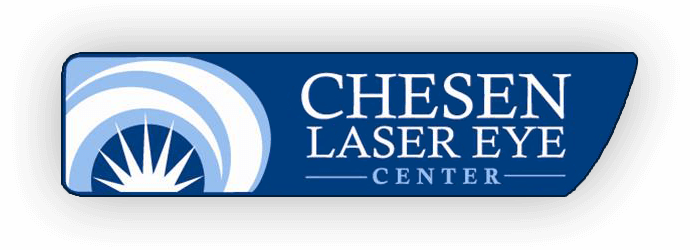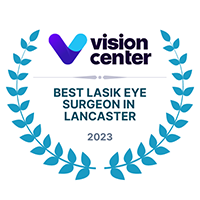There’s no doubt you’ve heard of LASIK. But did you know there are other surgical options that can restore vision? The next most popular refractive surgery after LASIK is PRK.
The two procedures are very similar, but there is a big distinction between them. Keep reading to learn
more about PRK!
How LASIK Works
Your cornea handles most of the focusing of light that’s done by your eye. The cornea handles more focusing of light than even the lens, which is inside of your eye.
When the cornea is misshapen, light focuses in the wrong areas. This can happen in several ways. The first is before it touches the retina, resulting in nearsightedness.
The second is behind the retina, resulting in farsightedness. The third is light becomes scattered into many points, resulting in astigmatism.
To reduce your dependence on glasses and contacts, LASIK permanently reshapes the cornea. To do this, surgeons will open up a flap in the top layer of the cornea, which is the epithelium.
The middle layer of the cornea, which is thicker, has tissue removed in certain spots. This is predetermined by a computer.
When the tissue has been removed, the epithelial flap is closed. The flap then reattaches itself, leading to a fast and simple recovery for patients.
How PRK is Different
The basic guidelines of PRK follow much of the same pattern as LASIK. Instead of creating a flap in the epithelium, the tissue is completely removed.
The rest of the procedure is like LASIK. Since there is no flap to close, the incision is left open and allowed to close on its own.
Because you have to grow much more tissue after PRK, recovery does take longer than it does with LASIK. Although recovering from PRK takes longer, it’s still almost always uncomplicated!
Symptoms such as irritation and light pain are more prevalent in PRK patients. These symptoms go away in a matter of weeks rather than days as they usually do with LASIK.
You may be wondering why anyone would ever go with PRK over LASIK. LASIK may seem like a superior procedure, but it’s more complicated than that. PRK actually came before LASIK!
More than that, PRK is a good option for those who are not eligible for LASIK. LASIK requires you to have a certain corneal thickness.
If your corneas aren’t thick enough, the creation of a flap could lead to complications. PRK has no flap, so it is free from flap complication risk.
Fortunately, the two surgeries have a very similar success rate. Whether you get LASIK or PRK, your vision should be just as clear after both.
Considering vision correction procedures? Schedule a LASIK consultation at Chesen Laser Eye Center in West Reading, PA! Isn’t it time to find out if LASIK or PRK is right for you?
You don’t have to live with glasses or contacts anymore. The only thing standing in your way is your own fears. Contact us today and start your journey to clear vision!






